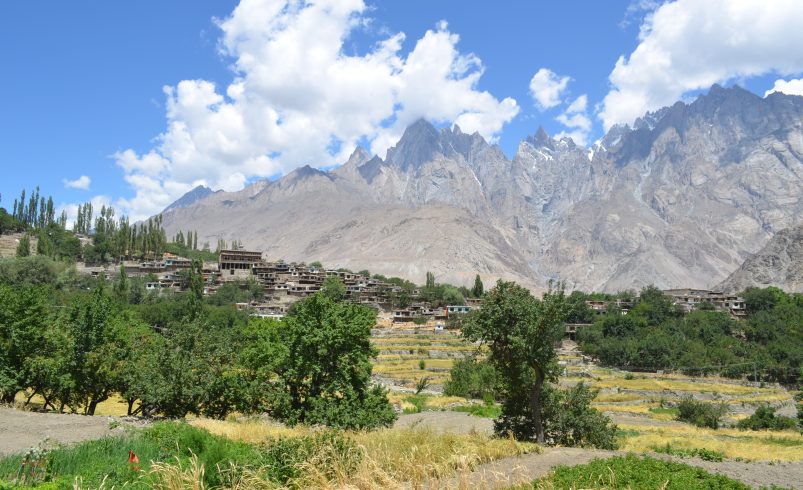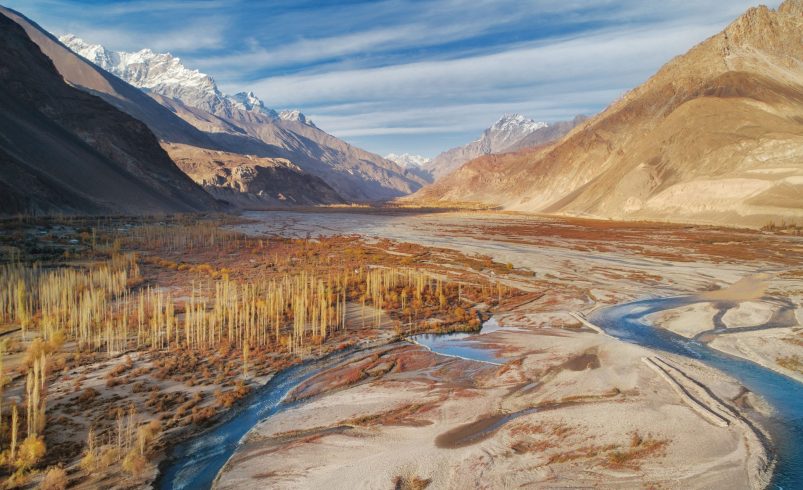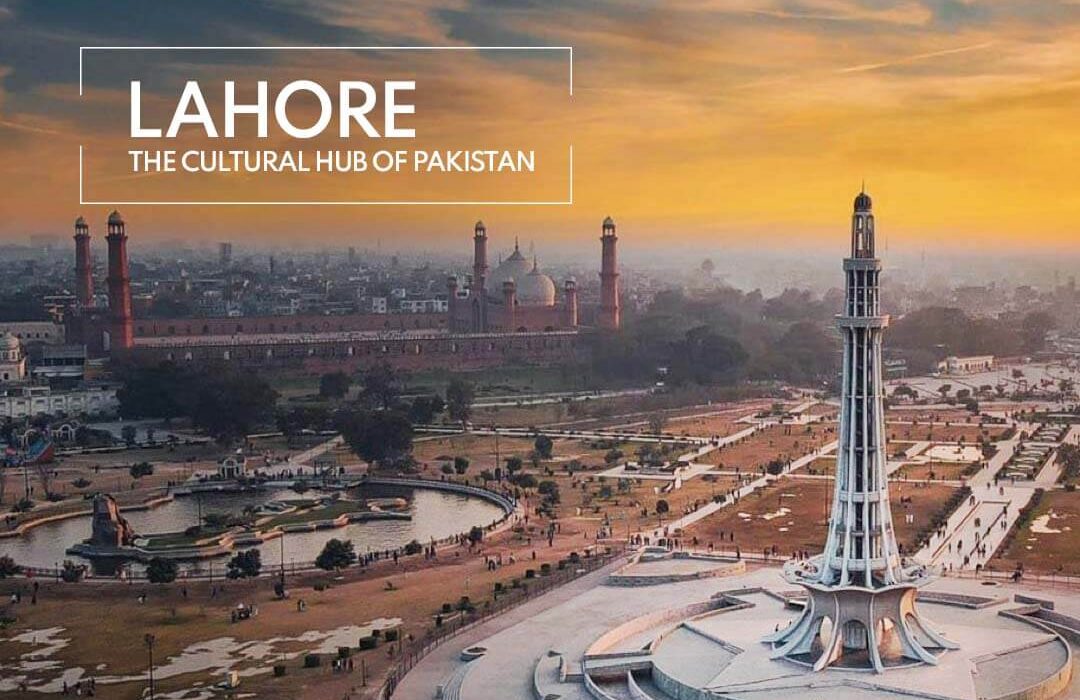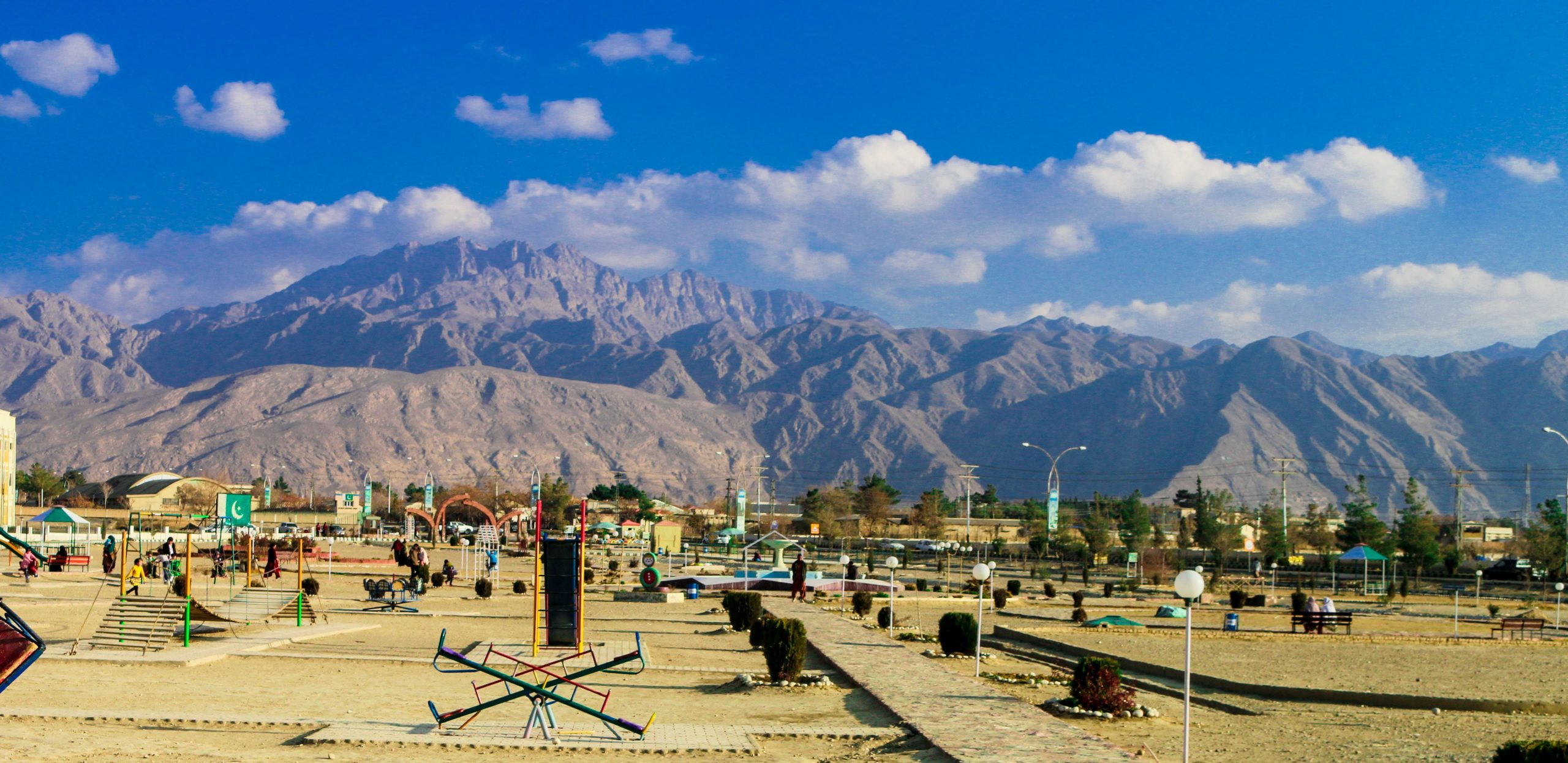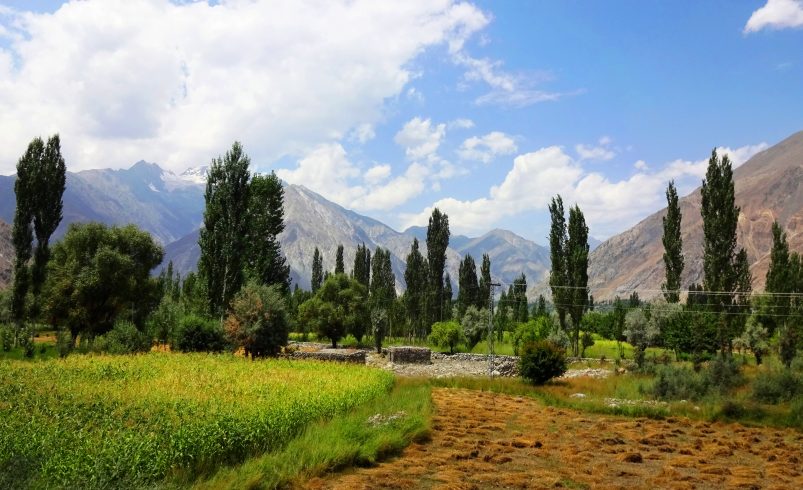
- May 17, 2025
🏞️ Introduction
Tucked away in the far north of Gilgit-Baltistan, the Ishkoman Valley is one of Pakistan’s most spectacular yet least explored gems. Located near Ghizer District, this remote valley offers a pristine blend of towering peaks, lush green meadows, and sparkling glacial rivers. Unlike the crowded tourist spots in Hunza or Skardu, Ishkoman Valley offers peace, adventure, and unspoiled beauty — making it a dream for nature lovers and trekking enthusiasts. With its proximity to the borders of Afghanistan and Tajikistan, Ishkoman is not just geographically significant but culturally rich, home to a mix of Wakhi, Shina, and Burushaski speaking communities who have preserved their unique traditions for centuries. If you’re looking for an authentic northern Pakistan experience with epic scenery and warm hospitality, this Ishkoman Valley travel guide will help you plan the perfect trip!
📜 History of Ishkoman Valley
The history of Ishkoman Valley is fascinating, tracing back to ancient trade routes that connected Central Asia with South Asia. This valley was a critical passage on the Silk Route, where traders, monks, and explorers traveled between regions. Historically, Ishkoman was ruled by local Rajas under the princely state of Punial. Its strategic location near Wakhan Corridor made it a melting pot of various ethnic groups like Wakhi, Khowar, and Shina. The valley also played a role during the British-Russian Great Game era as a buffer zone between empires. Ancient petroglyphs and ruins scattered across the valley testify to its vibrant past. Today, Ishkoman remains a living museum where history, geography, and culture blend seamlessly.
🎎 Cultural Heritage of Ishkoman Valley
The cultural heritage of Ishkoman is as diverse and colorful as its landscapes.
🌐 Ethnic Groups
- Wakhi people dominate the upper parts of the valley
- Shina and Khowar speakers inhabit the lower regions
- Minor communities of Burushaski and Dardic tribes also reside here
🎉 Festivals
- Ginani Festival (celebrated during harvest time)
- Navroz (Persian New Year), marked with music, dance, and feasting
- Traditional sports like Buzkashi and polo are still played during festive occasions
🎨 Handicrafts
- Woolen shawls, hand-woven carpets, and traditional caps are popular crafts
- Locally made wooden utensils and jewelry are available in village markets
Visiting Ishkoman offers a rare chance to witness ancient customs alive in everyday life.
📅 Best Time to Visit Ishkoman Valley
Timing your trip right is crucial to fully enjoy the Ishkoman Valley travel guide experience.
- Spring (April to June): Valleys bloom with cherry and apricot blossoms — ideal for photographers
- Summer (July to September): Best for trekking, river rafting, and festivals. Temperatures are mild
- Autumn (October): Trees turn golden, creating magical landscapes — perfect for nature walks
- Winter (November to March): Heavy snow makes it challenging to access but offers snow-clad views for the adventurous
🗺️ How to Reach Ishkoman Valley from Islamabad
Getting to Ishkoman Valley requires a bit of determination but is truly worth it.
- By Air
- Fly from Islamabad to Gilgit Airport (1 hour flight)
- From Gilgit, hire a jeep or van to Gahkuch (2-3 hours), then continue to Ishkoman (2 hours)
- By Road
- Take the Karakoram Highway (KKH) to Gilgit (approx. 17-20 hours)
- From Gilgit, follow the Ghizer Valley road towards Gahkuch and then to Ishkoman
Travel Tip: Always check road conditions beforehand, especially during the rainy season.
🌟 Top Places to Visit in Ishkoman Valley
Your Ishkoman Valley travel guide would be incomplete without exploring these highlights.
- Pakora Pass: A famous trekking route connecting Pakistan with Afghanistan’s Wakhan Corridor
- Korumbar Lake: One of the highest alpine lakes in Pakistan, located at 4,300m above sea level
- Qurumbar River: Great for fishing, riverside picnics, and photography
- Chatorkhand: The administrative center with local bazaars and cultural spots
- Yasin Valley (nearby): Another scenic valley, ideal for a day trip
🏔️ Adventure Activities in Ishkoman Valley
For those seeking adventure, Ishkoman offers plenty.
- Trekking to Korumbar Lake and Pakora Pass
- Camping by the river or in green meadows
- Fishing in glacier-fed rivers
- Photography of rare wildlife like snow leopards and ibex
- Bird watching — home to golden eagles and Himalayan vultures
🏨 Where to Stay in Valley
Accommodation options are basic but cozy, giving you a taste of local life.
- Guesthouses in Chatorkhand and Pakora
- Homestays with Wakhi and Shina families
- Camping sites near trekking routes like Korumbar Lake
Tip: Always book your stay in advance during peak seasons (July to September).
🍲 What to Eat in Valley
Experience authentic northern flavors.
- Chapshuro (meat-filled pastry)
- Mamtu (dumplings)
- Butter tea
- Fresh apricots, cherries, and mulberries from local orchards
- Organic honey and yak cheese
💰 Estimated Costs in PKR
- Accommodation: Rs. 2,500-5,000 per night
- Meals: Rs. 400-800 per meal
- Jeep hire from Gilgit: Rs. 12,000-18,000 (round trip)
- Trekking guide: Rs. 5,000-7,000 per day
- Permits (for some treks): Rs. 1,000-3,000
🧳 Travel Packing Checklist
- Warm clothes (temperatures drop even in summer)
- Trekking boots
- Sleeping bag (for campers)
- Water purification tablets
- Power bank (limited electricity)
- Sunscreen & sunglasses
- Basic medical kit
🚑 Emergency Contacts
- Gilgit Hospital: +92-5811-920151
- Tourism Police Gilgit: +92-5811-920010
- Rescue 1122 (GB Region)
📝 FAQs
What is the best time to visit Ishkoman Valley?
The best time to explore Ishkoman Valley is from July to September when the weather is mild and perfect for trekking and sightseeing.
How can I reach Ishkoman Valley from Islamabad?
To reach Ishkoman, you can fly to Gilgit Airport and then drive 4-5 hours via Gahkuch to the valley. Road trips via KKH are also possible.
Is Ishkoman Valley safe for tourists?
Yes, Ishkoman Valley is considered safe for tourists, with warm and hospitable locals. Just make sure to inform local authorities if you plan to trek near borders.
What are the top places to visit in Ishkoman Valley?
Must-visit places include Pakora Pass, Korumbar Lake, Qurumbar River, and Chatorkhand town.
Can I trek in Ishkoman Valley?
Absolutely! Ishkoman is a trekker’s paradise with routes like Pakora Pass and Korumbar Lake Trek.
Are there any famous festivals in Ishkoman?
Yes, festivals like Ginani and Navroz are celebrated with local music, dances, and feasts.
What kind of food can I expect in Ishkoman?
Enjoy traditional dishes like Chapshuro, Mamtu, and fresh apricots and mulberries from local farms.
Do I need a guide for trekking in Ishkoman?
While small hikes are doable solo, it’s best to hire a local guide for treks like Korumbar Lake and Pakora Pass.
What languages are spoken in Ishkoman Valley?
Locals speak Wakhi, Shina, Khowar, and some Burushaski.
Is there mobile internet in Ishkoman?
Mobile signals are weak in upper valleys; however, basic internet is available in Chatorkhand and lower areas.
🎯 Conclusion
If you’re looking to go beyond the usual tourist trail in Pakistan, the Ishkoman Valley travel guide should be your compass. This remote paradise in Gilgit-Baltistan offers everything an adventurer dreams of — snow-capped peaks, crystal-clear lakes, ancient culture, and welcoming locals. Whether you’re trekking to Korumbar Lake, attending a local festival, or simply soaking in the serenity, Ishkoman Valley promises an experience you’ll cherish forever. So pack your bags and let Ishkoman’s untouched beauty steal your heart in 2025!


